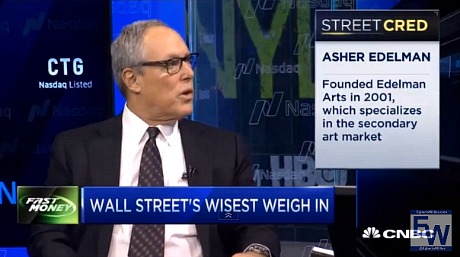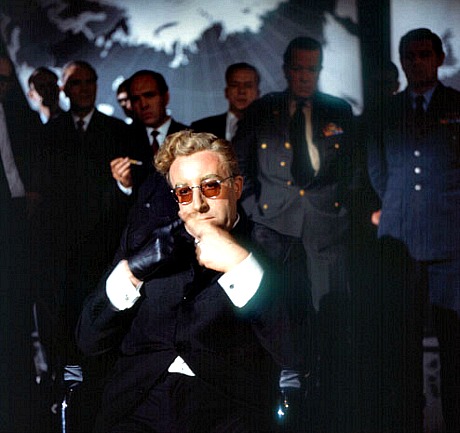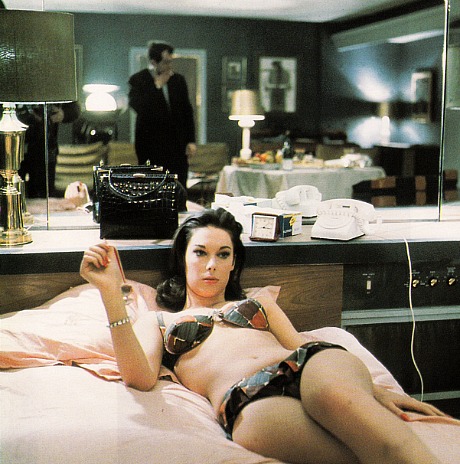During a CNBC discussion about the U.S. economy two days ago, Wall Street analyst Asher Edelman contended that four out of five Americans have been grappling with recession-like conditions for the last 15 years. Soon after Adelman explained why a Bernie Sanders presidency would be better for the economy.
“I think it is pretty straightforward,” Edelman said. “The average American has not had an increase in pay in over 15 years. But things cost more in the marketplaces. He has been in a recession for 15 years. Nothing’s changed for him. On the top, we are not in a recession. But 80% of Americans have been in a recession for at least 15 years.”

After Adelman’s recession remark the CNBC host argued that “nobody” believes the U.S. is in a recession. Adelman: “Who is your nobody?”
Another panelist suggested that Adelman was discussing economic justice rather than strict economics. “That’s a social issue,” Adelman responded. “I am talking about money and economics. People can buy less for what they have now than they could 15 years ago. In their lives, that’s a recession.”
Adelman was then asked, among other panelists, who would make the best candidate for the economy, and he said without hesitation that Bernie Sanders would be that person.






